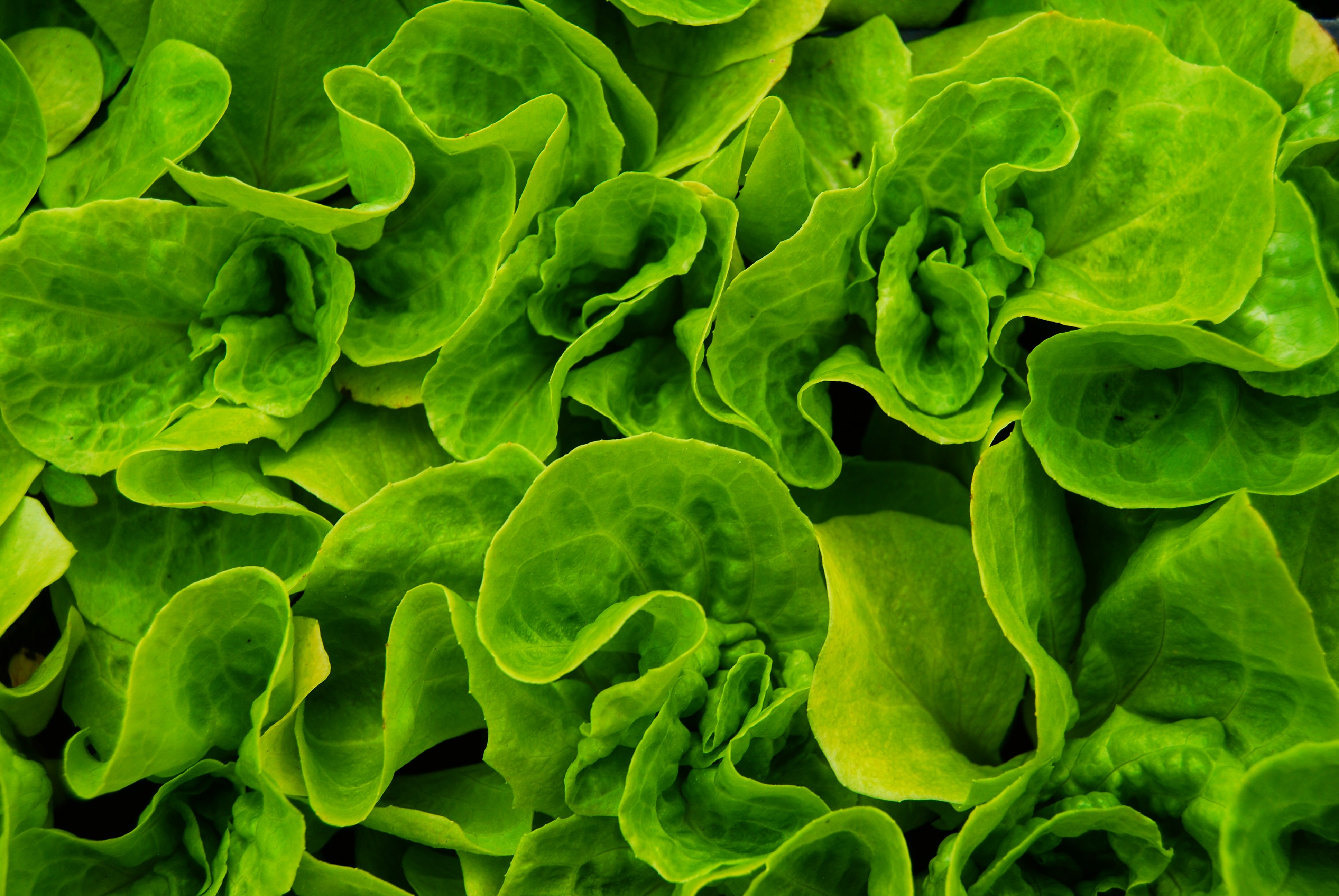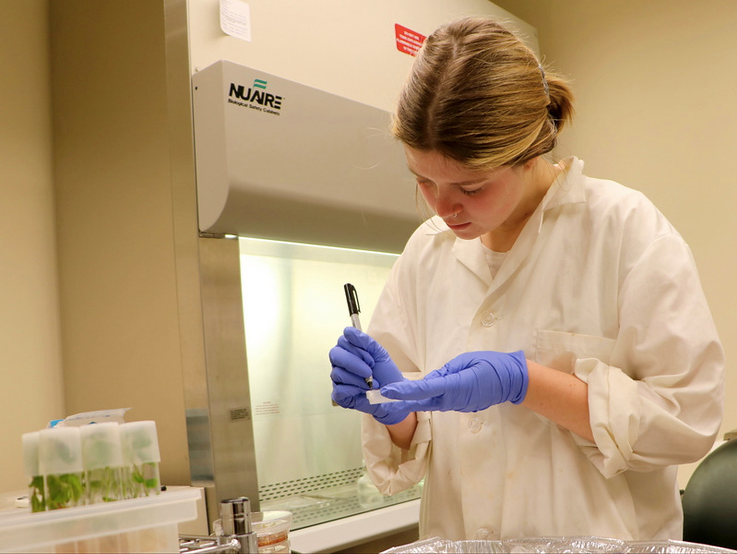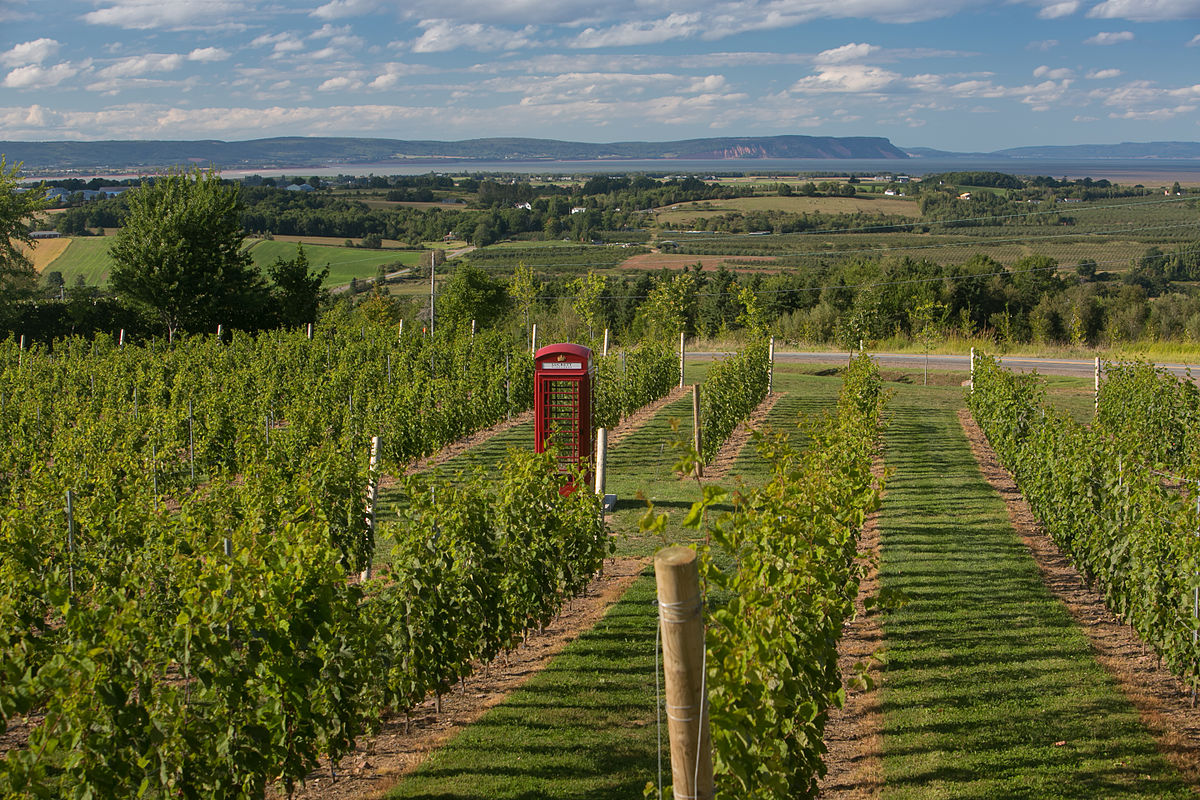You may have heard about the new hydroponic unit that’s been established on campus up by meal hall, but maybe you’ve wondered: what is a hydroponic system?
Hydroponic systems use water, light, aeration and nutrients to grow plants in a controlled environment. Chemical nutrient solutions must be properly balanced, and ideally be customized to the crop being grown for optimal growth. These systems can overcome the obstacles of pest and soil management that plague traditional farming and can make land that would be otherwise unproductive into abundant agricultural zones. Hydroponics is not a new innovation, but recent technological developments have made managing lighting, monitoring oxygen and customizing fertilizers in hydroponic systems easier to execute successfully.
A similar system we could be using is an Aquaponics. Aquaponic systems grow both plants and fish simultaneously in one integrated system, combining hydroponics with aquaculture. Aquaculture is the practice of raising fish or other aquatic organisms, so the waste produced by the fish in the system provides nutrients to the plants, while the plants provide a natural water filter for the fish, in turn providing them with a clean environment. This mutually beneficial relationship efficiently produces both a quality protein source and fresh, healthy plants with minimal interference needed for crop/animal management. This system is currently being implemented in Liverpool, NS, in the Aqualitas cannabis growing operation. Aqualitas grows Koi fish alongside their cannabis crop, a method they claim uses 90% less water and 50% less power than traditional production.
While here in NS we can source our produce from local farmers when crops are in season, and then use our hydroponics system to have fresh greens during the winter, hydroponics can help communities where that is not an option. Hydroponic systems like Acadia’s Growcer are currently bringing fresh produce to Canada’s Arctic where food insecurity is a major issue. Hydroponic systems allow these communities to supplement their diets with locally produced healthy food that comes at a much lower cost and carbon footprint than produce that must be shipped in.
The utility of these systems in extreme environments such as deserts and tundra may seem impressive, but the implementation of hydroponic systems has even been suggested to have potential use in space exploration to supply astronauts with additional food supplies, other than the rations they bring aboard.
To learn more about the specific hydroponic unit being used at Acadia, information can be found here: https://www.thegrowcer.ca/growing-systems





